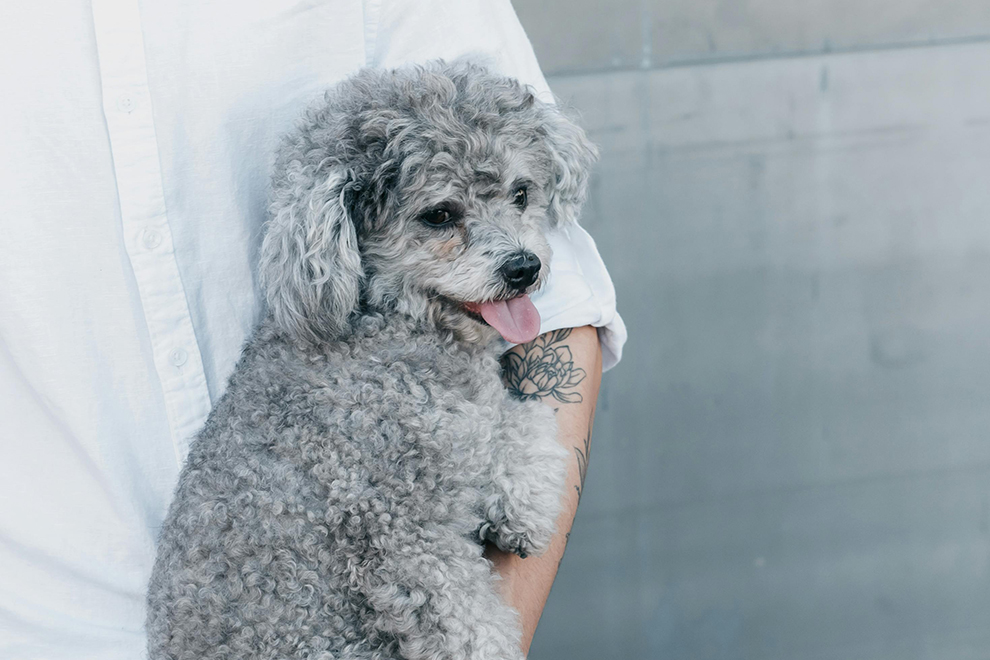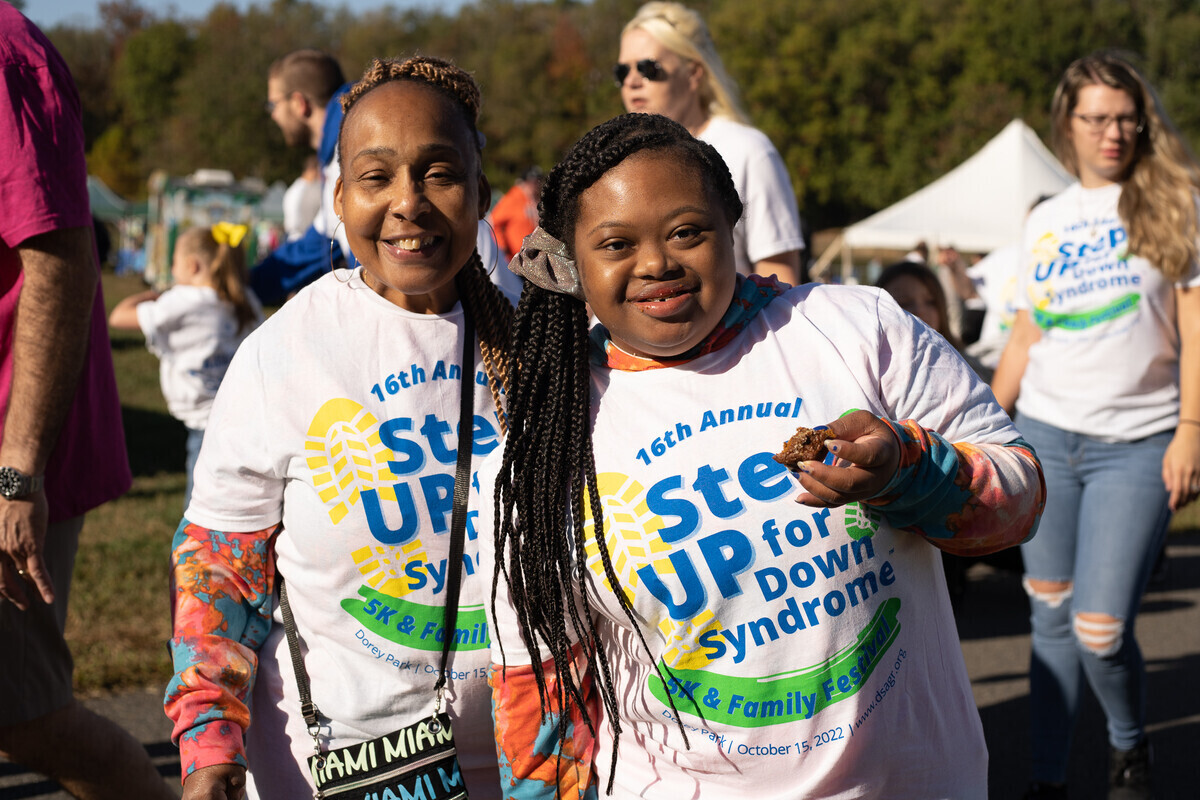My last dog had Intervertebral Disc Disease (IVDD), a condition where the cushioning discs between the vertebrae of the spinal column either bulge or burst (herniate) into the spinal cord space. As she was too old for surgery, we did whatever we could to keep pressure off her neck and backbone, which meant carrying her around… a lot. We carried her anytime we took her anywhere, even when we took her outside to go potty, so that she wouldn’t have to take the stairs that lead from the deck to the yard. Picking her up became a habit. She was small, and it was easy.
After she passed away, we adopted another adult dog of a similar size. We continued our old habits by picking him up to take him out to potty and carrying him everywhere, even though he was perfectly willing and able to walk and get around. Because he’s small, I’m sure his previous owner carried him at times, but overall, he is a very independent little guy. Despite that, we still carry him. I had an “aha” moment recently when I began to wonder what it must do to a dog physically and psychologically when we insist on picking them up and carrying them around rather than letting them do it alone.
Let’s take a closer look at some of the reasons you may want to consider not picking up your pup:
Limited Socialization with Other Dogs
Carrying a dog could definitely crush his attempts at socialization with other dogs. A no-brainer, right? If your dog is in your arms while other dogs are on the ground, he’s unable to sniff and explore. If he were a puppy, not allowing him to socialize with other dogs would certainly hinder crucial development in that area. For adult dogs who have already been well socialized, this isn’t an issue, but what kind of damage could we be doing to a dog’s need for socialization by not allowing him to meet and greet other canines? Carrying him could eventually eliminate his natural desire to not only socialize with other dogs but with people and the world around him.
Suppressed Fight or Flight Response
“Small Dog Syndrome,” a behavioral issue where smaller breeds may exhibit heightened levels of fear or aggression to compensate for their size, can be inadvertently encouraged by excessive carrying or coddling, which leaves them feeling less capable of handling their own interactions.
Animals have a fight or flight response that can be shut down if we prevent them from being free to run or to escape if need be. Surely this causes undue stress and anxiety, particularly if the animal feels threatened or senses danger. For instance, if your dog is in your arms and someone gives him unwanted attention, he may tense up as he’s not able to flee. This could very easily result in some aggression issues caused by the hopelessness he feels to protect himself. Or he could go the other direction and suppress that anxiety and begin to expect me to protect him – not that that’s a bad thing because, of course, I intend to protect him, but if he depends on me to keep him safe, then he has given up on his natural instinct that makes a dog a dog… the instinct to be strong and provide protection.
Physical Discomfort
Restricting a dog’s movement may also be uncomfortable for them. By holding your pet for long periods of time, you could inadvertently be putting too much stress on parts of their body, like their back. Research shows that it’s not good to allow the hind legs to hang without any support, as it can cause increased stress on the lumbar spine. If we need to carry our dogs, it’s much better to create a foundation with our arms, supporting the back and legs so that they’re in a natural sitting or lying down position with the back supported and the front legs in a comfortable position.
Minimal Exercise
If dogs spend most of their time being carried, they’re not getting nearly as much exercise as they could be getting. That’s not only bad for their weight, but for the proper functioning of all of their bodily systems. Walking helps alleviate arthritis and other joint issues and strengthens muscles. Walking may actually strengthen a dog’s spine so that he has a better chance of avoiding IVDD. The more he walks, the healthier he will be. That goes for all of us, right?
Treating your dog as a fur baby and persistently carrying them can inadvertently lead to overdependence, reduced confidence, and limited social interactions, which are vital for a dog’s overall wellbeing and balanced behavior.
Of course, there are many times when picking up your small dog is preferable. If you’re in a crowd of people, it may be safer to pick him up than risk him being stepped on. In other instances, such as if the pavement is too hot or too cold, if there is broken glass, if your dog is sick or injured, or if they are in some kind of danger, it’s a good idea to pick up your dog regardless of his size.





